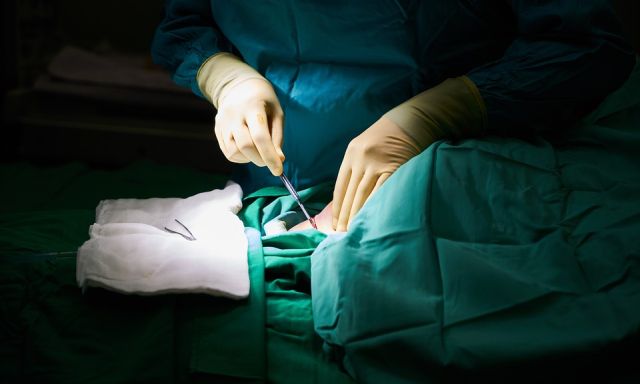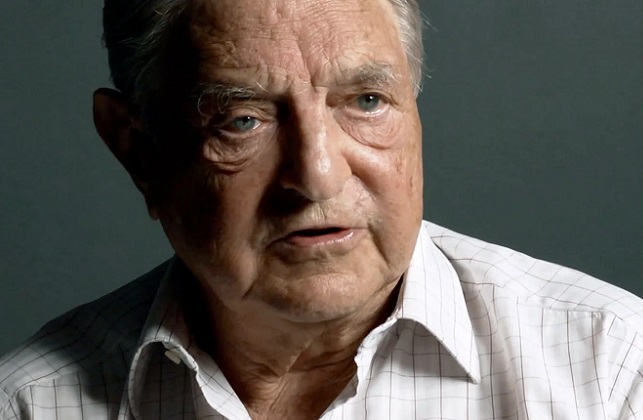According to the American Journal of Transplantation, researchers identified dozens of articles published in Chinese medical journals between 1980 and 2015 in which physicians discuss procuring an organ from a donor without first performing a critical test for establishing brain death.
The dead donor’s rule is essential to transplant ethics. The regulation specifies that organ procurement may not begin until the donor is both legally deceased and properly declared so and that organ procurement may not result in the donor’s death.
“Our algorithm searched for evidence of problematic declarations of brain death during organ procurement. We find evidence in 71 of these reports, that brain death could not have properly been declared,” the authors said. That is a total of 348 surgeons, nurses, anesthesiologists, and other medical workers or researchers were listed as authors in these publications.
Will you offer us a hand? Every gift, regardless of size, fuels our future.
Your critical contribution enables us to maintain our independence from shareholders or wealthy owners, allowing us to keep up reporting without bias. It means we can continue to make Jewish Business News available to everyone.
You can support us for as little as $1 via PayPal at office@jewishbusinessnews.com.
Thank you.
To obtain essential organs from prisoners, the executioner and the transplant team must work in close collaboration.
The researchers conclude that the removal of the organ from the donor’s body must have been near his death and caused the donor’s death.
“Our data strongly imply that physicians in the People’s Republic of China have participated in executions by organ removal,” said the research authors Matthew P. Robertson, and the Israeli Jacob Lavee, director of the heart transplantation unit at Sheba Medical Center in Tel Aviv.
The declaration of brain death entails a series of medical tests that must be done and may take several hours. The critical final step is intubation and the apnea test performed. None of this is reported in the publications, despite the fact that normal surgical operations are documented in detail.
“We found similar descriptions of procedures from liver and kidney donors, for instance, but they were not part of our study. We thus suspect that we captured a tiny sample of a substantial hidden population.” The researchers concluded.




